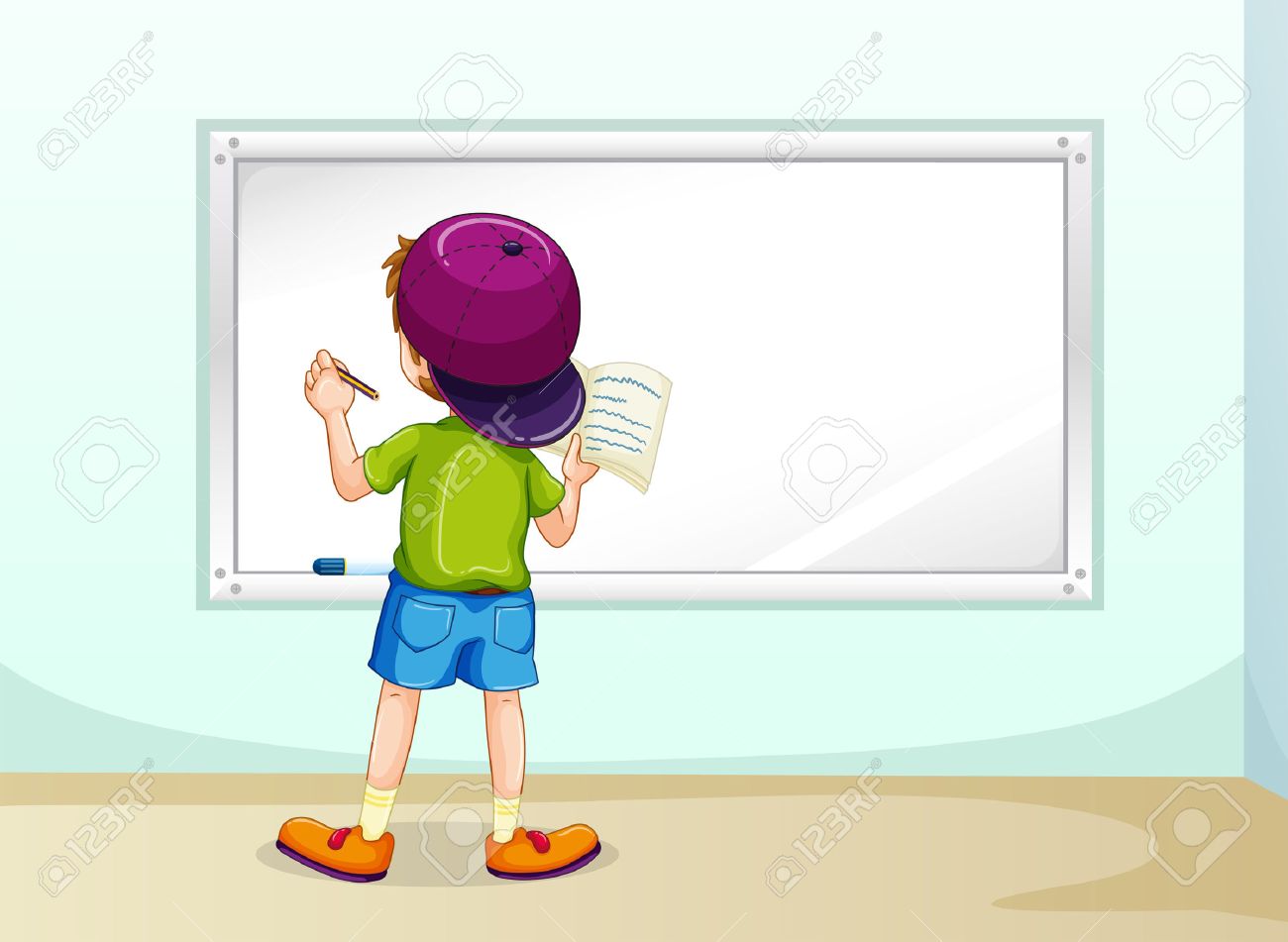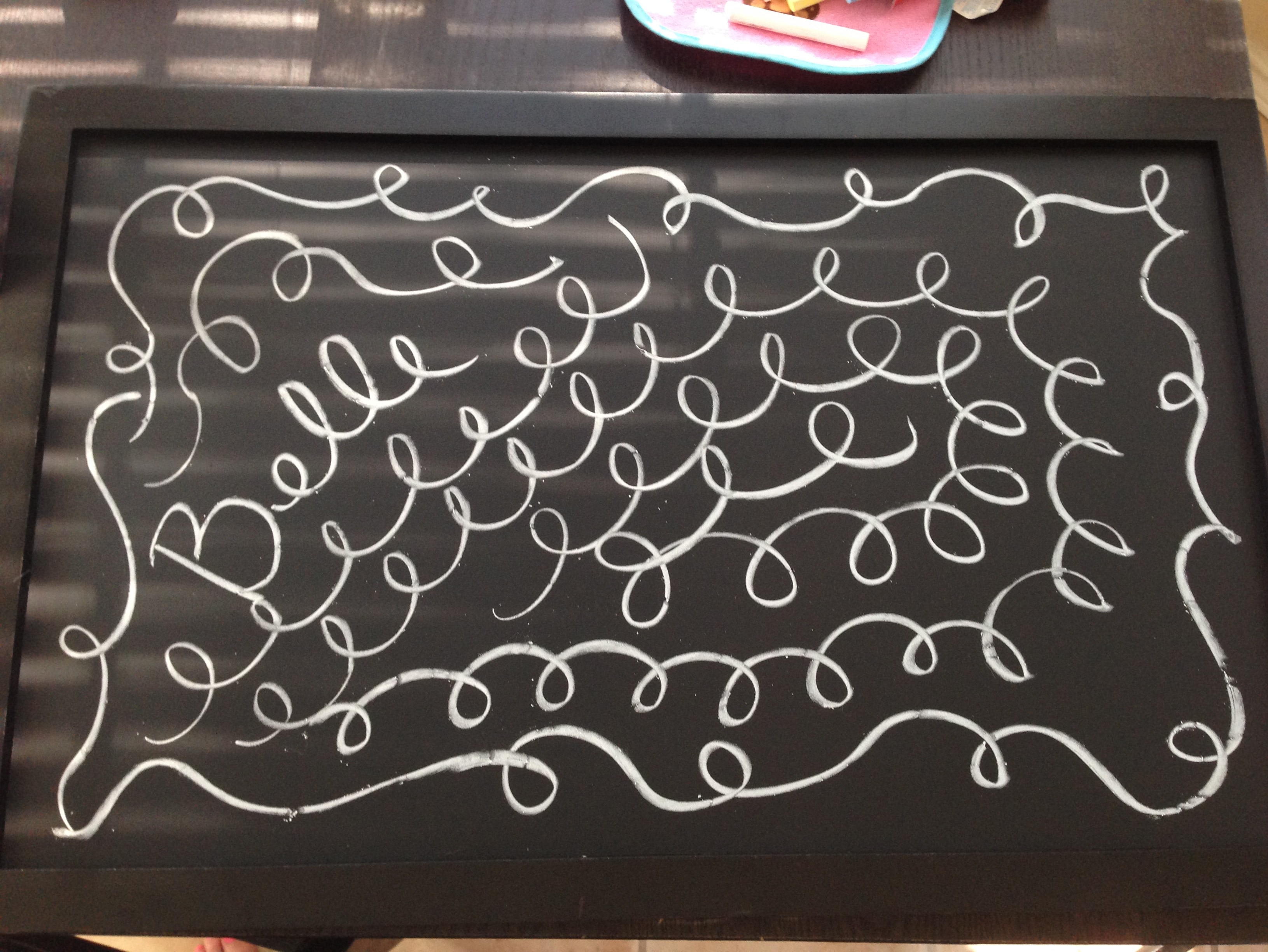Copying projected material is a compound skill like riding a bike or driving a car. It does not become automatic until the subskills are mastered and integrated. If the goal of copying is to reinforce understanding, this only becomes possible once the child does not have to concentrate on the visual and mechanical processes that are required. Otherwise, the child’s attention and working memory are consumed by the low-level demands of the task and will not be available to attend to the content.

All of us can think faster than we can write, but this is particularly true for young students who must stare to consciously guide their hand to make and space their letters and words. Handwriting Some students must also devote some of their attention to spelling.
Keeping their place is much more challenging when the material is at a distance than when it can be touched, and place-keepers can be used.
The length of the lines of what they are writing may not match the length of the lines of the projected material, which can also cause confusion.
If a person can write automatically, can spell the words being copied, and is familiar with the material, they will copy chunks at a time. But many students look back-and-forth for every word and some do it for every letter. Not only is this laborious, it causes visual fatigue and increases the opportunity for errors and loss of place.

Curiously, the advent of modern technology has increased the amount of copying in many classrooms. While Smart Boards can enrich a classroom, copying from a clean chalkboard is more comfortable than copying from a Smart Board. Writing on a chalkboard will tend to be larger and better spaced. A clean board will not glare like a projection. Rooms do not have to be darkened, other than keeping glare off the board. White boards, which are more reflective with less contrast between the markers and the board, may have to be substituted since many classrooms no longer have chalkboards.
Some children are uncomfortable staring at illuminated screens and may not realize, as is true of other visual problems, that this is not the same for all their classmates. The effects of visual crowding also need to be considered.
Children need to apply themselves and persevere to learn and advance. But when tasks are too difficult, compensatory accommodations can reduce these barriers to learning.

Have Smartphones Destroyed a Generation? by Jean M. Twenge
